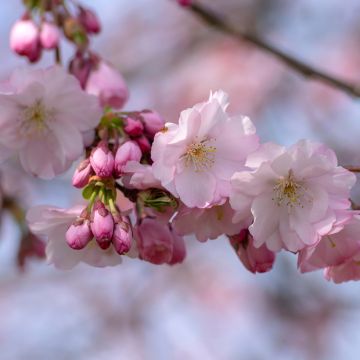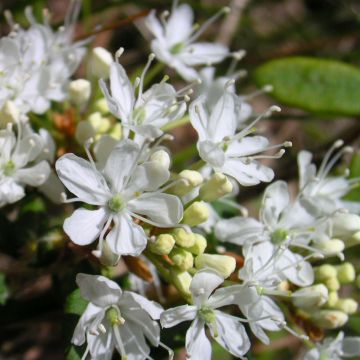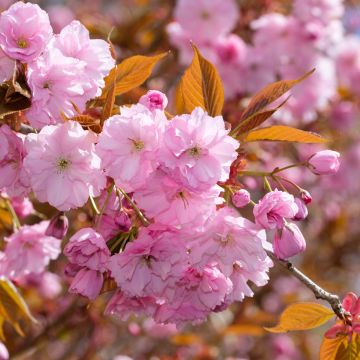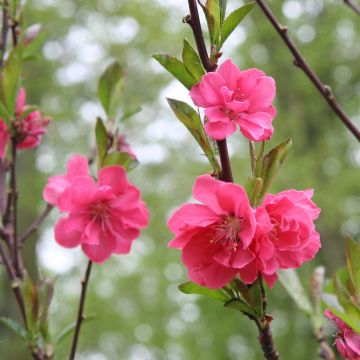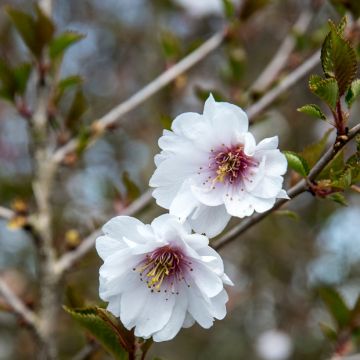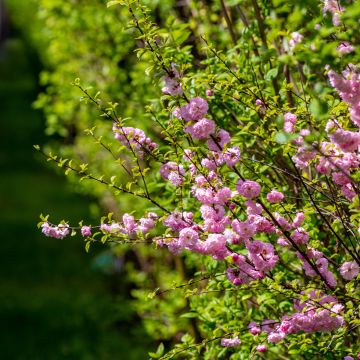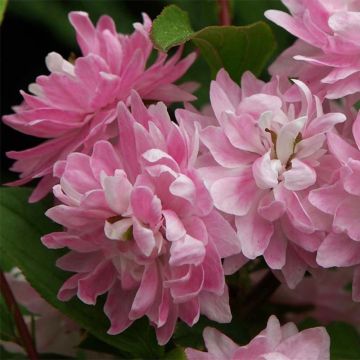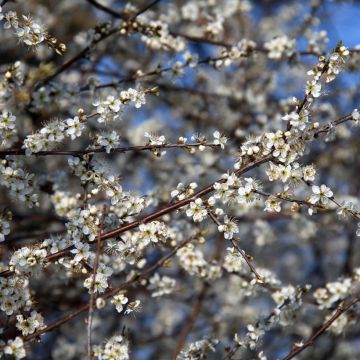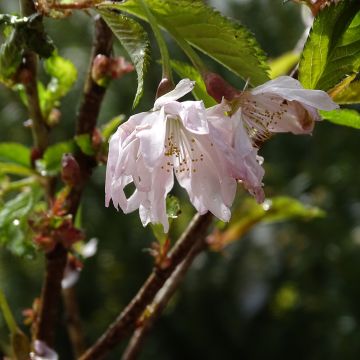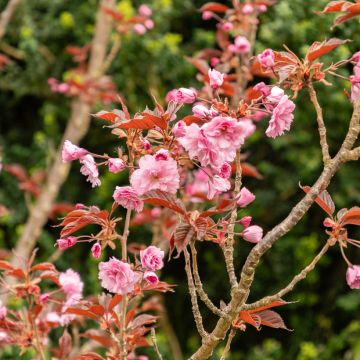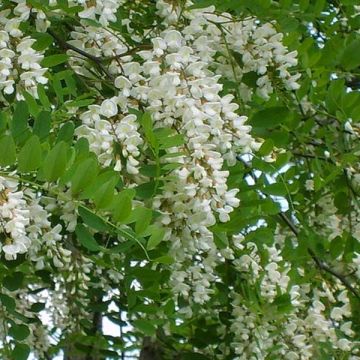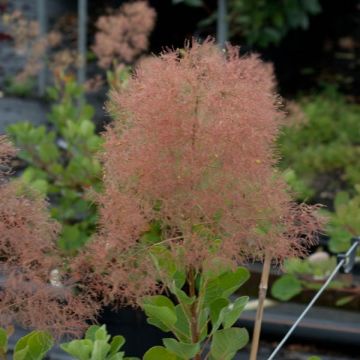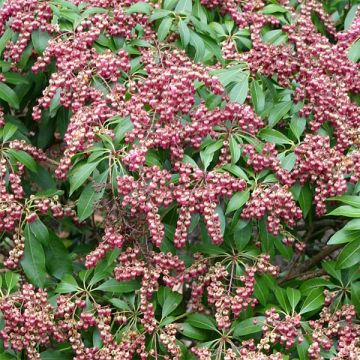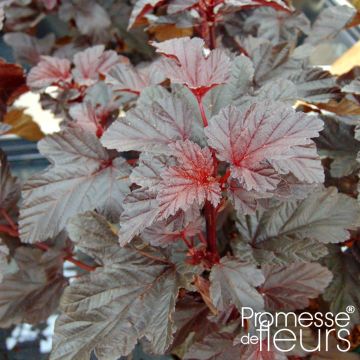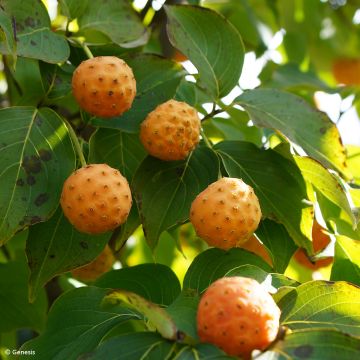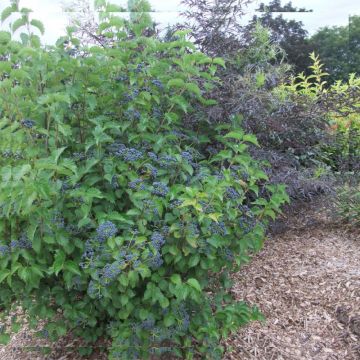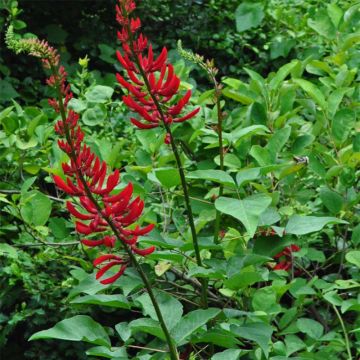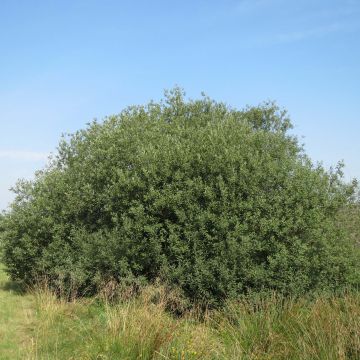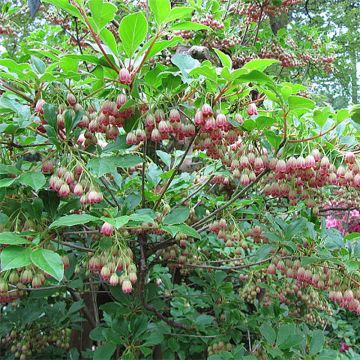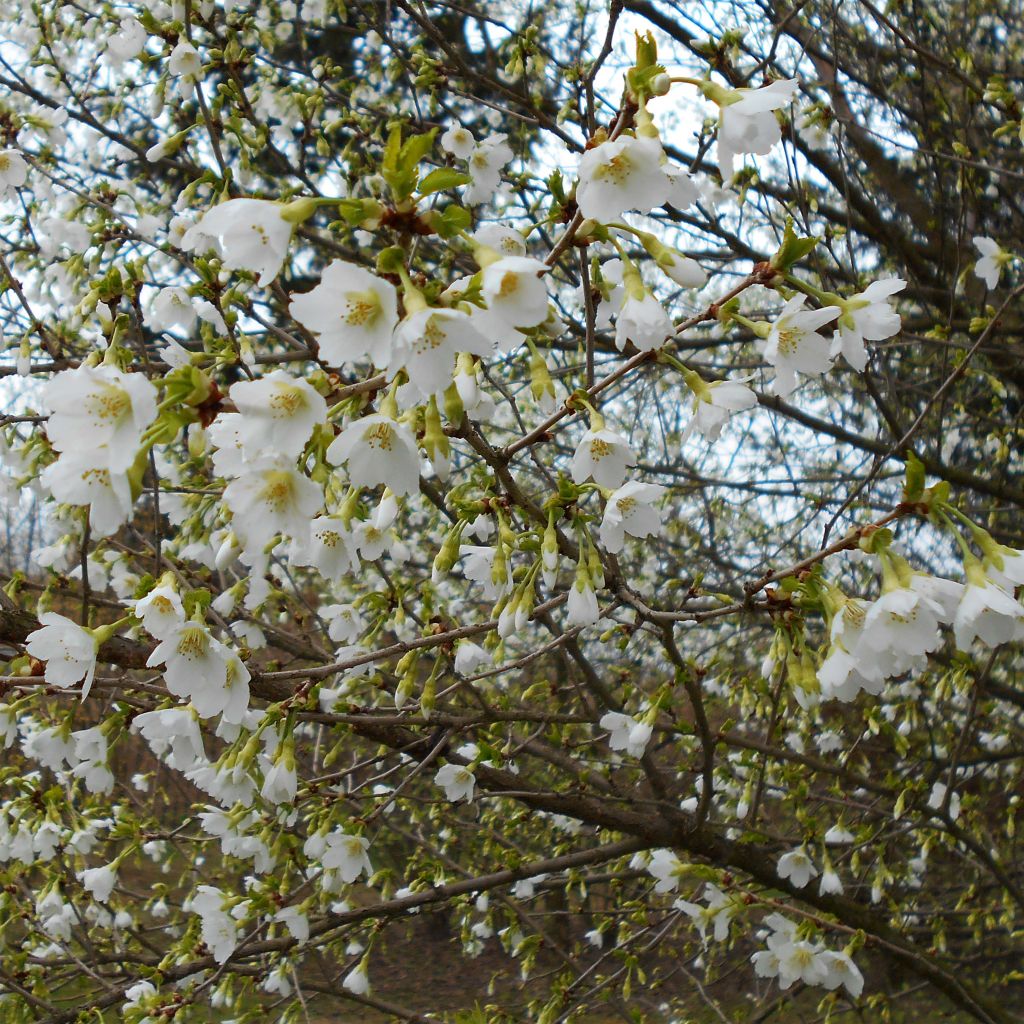

Prunus incisa Yamadei - Cherry
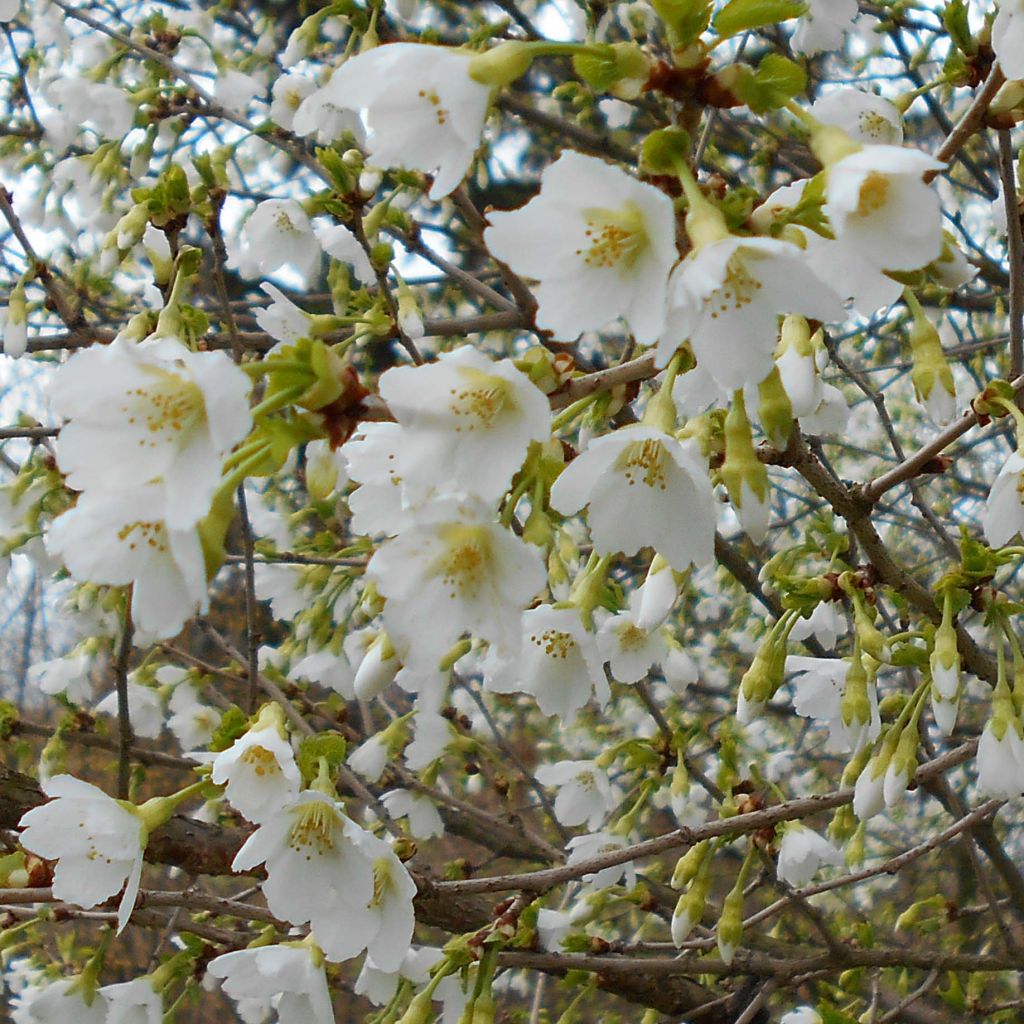

Prunus incisa Yamadei - Cherry
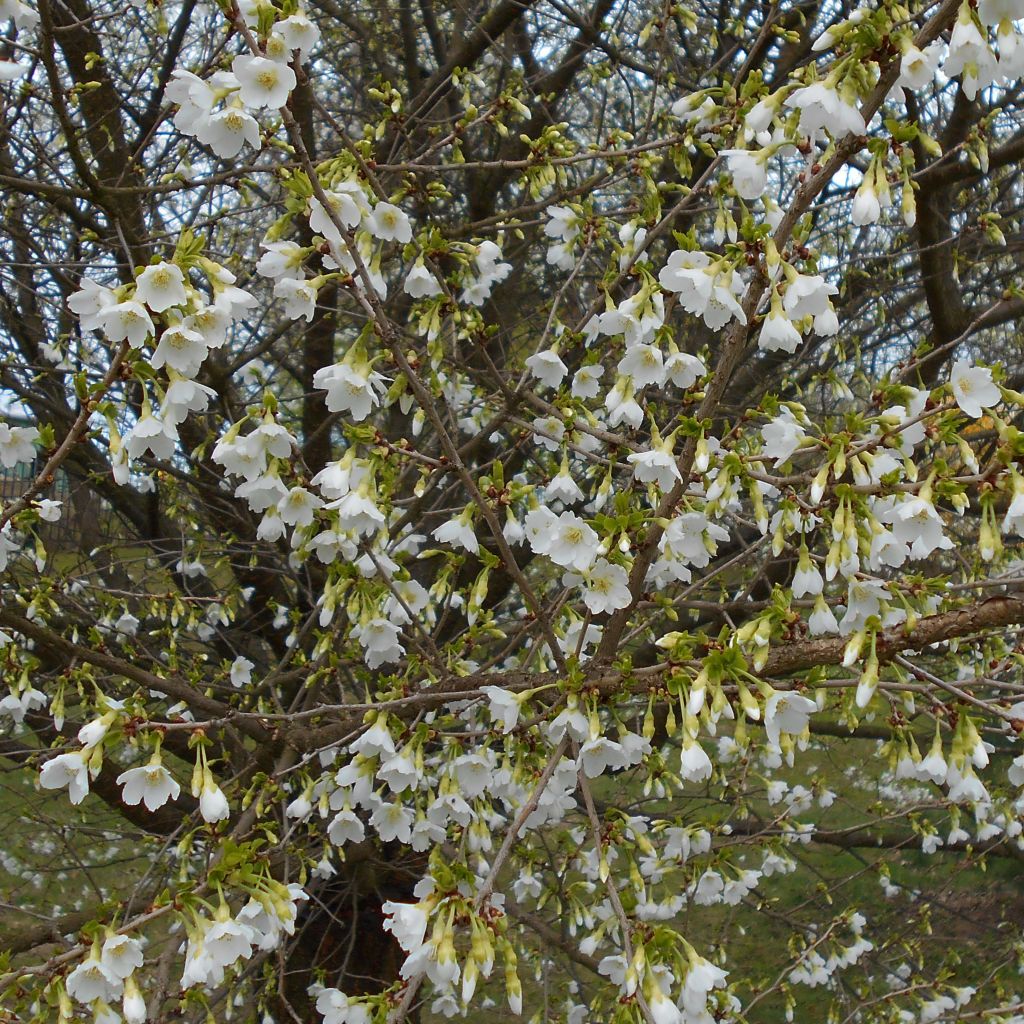

Prunus incisa Yamadei - Cherry
Prunus incisa Yamadei - Cherry
Prunus incisa Yamadei
Cherry
Very beautiful bush, arrived in perfect condition and with great speed (even in eco mode). Well done, I recommend.
Guillaume, 07/09/2022
This item cannot be shipped to the selected country
Delivery charge from €5.90
Delivery to Corse prohibited
More information
Schedule delivery date,
and select date in basket
This plant carries a 24 months recovery warranty
More information
We guarantee the quality of our plants for a full growing cycle, and will replace at our expense any plant that fails to recover under normal climatic and planting conditions.
From €5.90 for pickup delivery and €6.90 for home delivery
Express home delivery from €8.90.
Delivery to Corse prohibited: UE law prohibits the import of this plant from mainland France to Corse as part of the fight against Xylella fastidiosa. Please accept our sincere apologies.
More information

Does this plant fit my garden?
Set up your Plantfit profile →
Description
The Prunus incisa 'Yamadei' is an alternate variety of cherry tree from Japan, interesting for its small development, its dense and bushy habit, and its early flowering, which starts at the end of winter or in early spring. This variety produces numerous single bell-shaped flowers, pure white in colour, for 3 to 4 weeks before the leaves appear. Its foliage, before falling, turns to beautiful shades of yellow-orange, adding to the charm of this absolutely delightful bush. Easy to fit into a small garden or a large pot on the terrace, it is cultivated without difficulty in the sun, in ordinary but well-drained soil.
The Prunus incisa, commonly called Dwarf Japanese Flowering Cherry, is a hardy tree of modest size, belonging to the large family of Rosaceae. In its natural environment, it is found on the slopes of Mount Fuji in Japan. The cultivar 'Yamadei', discovered on Mount Fuji in 1916, shows particularly reduced growth, slow growth, and shallow rooting, well suited for container cultivation. At maturity, it will not exceed 2 m (6 ft 7 in) in all directions, and after 20 years, it will barely reach 4 m (13 ft 1 in) in height. With a naturally bushy and dense habit, it develops a very short trunk and a very rounded crown, carried by a reddish-brown branching pattern appreciated by bonsai enthusiasts. The flowering takes place very early in spring, from March to April, but sometimes as early as February in milder climates. The flowers, produced profusely, bloom before the leaves, suspended by a short peduncle on a well-defined branch. They emerge from white buds and then open into simple, bell-shaped, white corollas, without any trace of pink. This flowering attracts pollinating insects that allow the flowers to transform into small reddish cherries, sought after by birds, but not edible for humans. The deciduous foliage is composed of alternate leaves, 3 to 6 cm (1.2 to 2.4 in) long, ovate in shape, finely and deeply toothed at the edges. They are light green in summer, before turning yellow-orange to red in autumn in this Yamadei variety.
Its sinuate line drawn by sinuous branches makes the flowering cherry suitable for bonsai cultivation. With slow growth, this small tree, a symbol of renewal, is suitable for small gardens as well as container cultivation on a terrace. You can plant it in a flower bed or in isolation, as a free-standing hedge, and also in rows. 'Yamadei', not demanding, is content with well-prepared ordinary soil, tolerates heat and the presence of limestone in the soil without excess. It can be grown in most regions, from north to south. For example, in a hedge or flower bed, it can be associated with other spring-flowering shrubs, either simultaneously or staggered, such as Japanese apricots (Prunus mume), ornamental apple trees, Japanese quinces, flowering peaches, Chinese almond, hawthorns... It naturally has its place in a Japanese garden, with sunny exposure.
Report an error about the product description
Prunus incisa Yamadei - Cherry in pictures
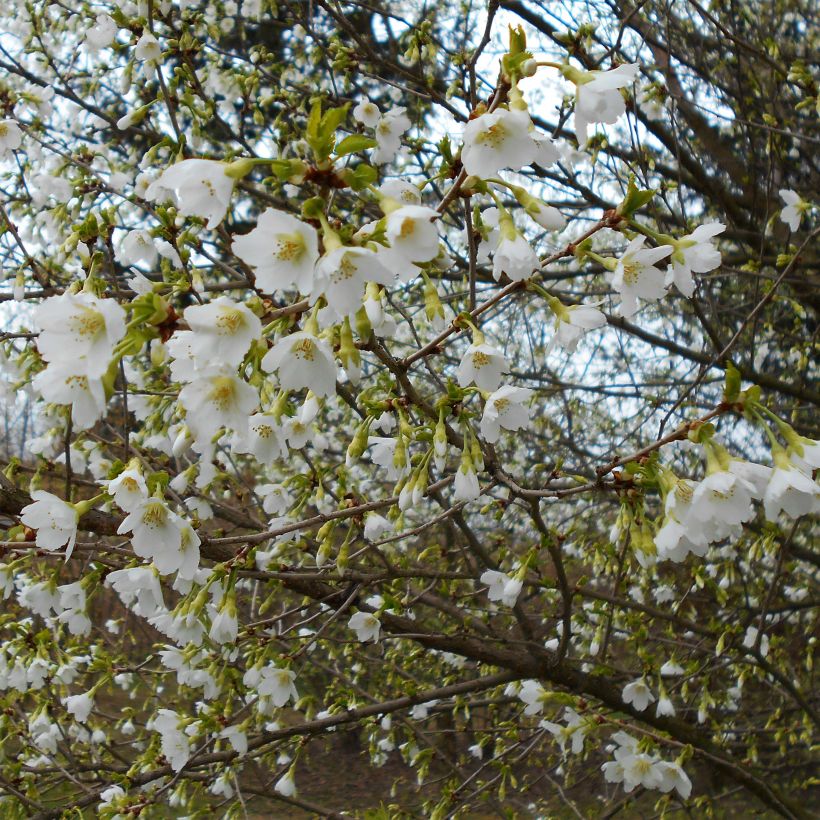

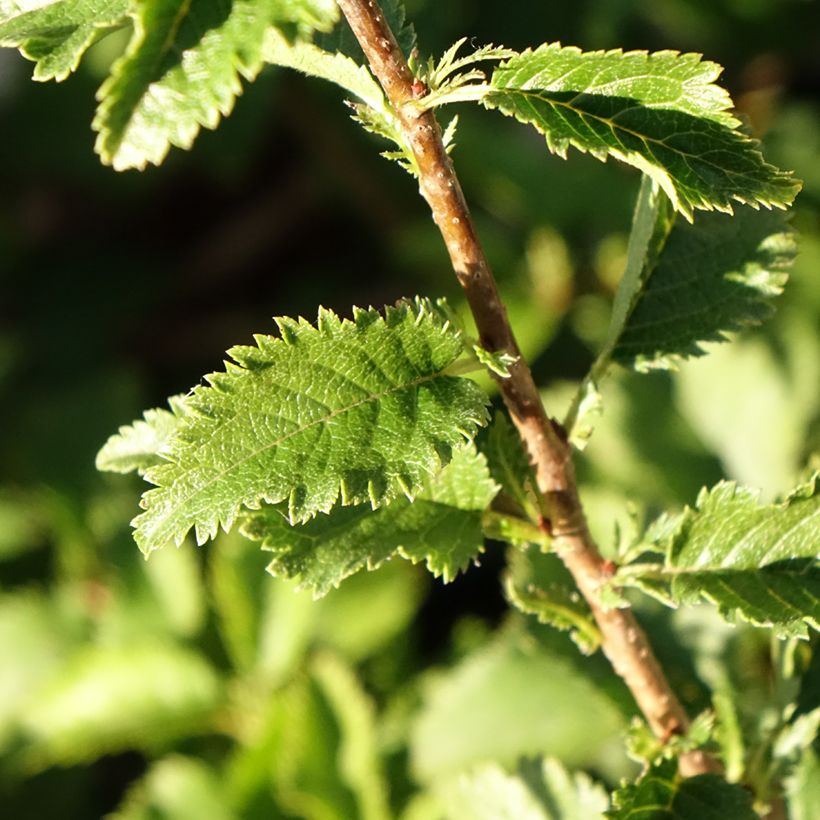

Plant habit
Flowering
Foliage
Botanical data
Prunus
incisa
Yamadei
Rosaceae
Cherry
Cultivar or hybrid
Other Prunus
Planting and care
The Prunus incisa 'Yamadei' thrives in full sun in any soil that is fairly rich, moist but well-drained, neither too acidic nor too chalky, neither excessively wet nor excessively dry. Water during abnormally dry and hot weather. When planting, mix your soil with compost at a ratio of 50%. Dig a large planting hole. Apply a flowering bush fertilizer every spring. Beware of late frosts that could damage early flowering. It is therefore better to place the prunus in a location that is sheltered from dry and cold winds.
Planting period
Intended location
Care
-
, onOrder confirmed
Reply from on Promesse de fleurs
Spring-flowering shrubs
Haven't found what you were looking for?
Hardiness is the lowest winter temperature a plant can endure without suffering serious damage or even dying. However, hardiness is affected by location (a sheltered area, such as a patio), protection (winter cover) and soil type (hardiness is improved by well-drained soil).

Photo Sharing Terms & Conditions
In order to encourage gardeners to interact and share their experiences, Promesse de fleurs offers various media enabling content to be uploaded onto its Site - in particular via the ‘Photo sharing’ module.
The User agrees to refrain from:
- Posting any content that is illegal, prejudicial, insulting, racist, inciteful to hatred, revisionist, contrary to public decency, that infringes on privacy or on the privacy rights of third parties, in particular the publicity rights of persons and goods, intellectual property rights, or the right to privacy.
- Submitting content on behalf of a third party;
- Impersonate the identity of a third party and/or publish any personal information about a third party;
In general, the User undertakes to refrain from any unethical behaviour.
All Content (in particular text, comments, files, images, photos, videos, creative works, etc.), which may be subject to property or intellectual property rights, image or other private rights, shall remain the property of the User, subject to the limited rights granted by the terms of the licence granted by Promesse de fleurs as stated below. Users are at liberty to publish or not to publish such Content on the Site, notably via the ‘Photo Sharing’ facility, and accept that this Content shall be made public and freely accessible, notably on the Internet.
Users further acknowledge, undertake to have ,and guarantee that they hold all necessary rights and permissions to publish such material on the Site, in particular with regard to the legislation in force pertaining to any privacy, property, intellectual property, image, or contractual rights, or rights of any other nature. By publishing such Content on the Site, Users acknowledge accepting full liability as publishers of the Content within the meaning of the law, and grant Promesse de fleurs, free of charge, an inclusive, worldwide licence for the said Content for the entire duration of its publication, including all reproduction, representation, up/downloading, displaying, performing, transmission, and storage rights.
Users also grant permission for their name to be linked to the Content and accept that this link may not always be made available.
By engaging in posting material, Users consent to their Content becoming automatically accessible on the Internet, in particular on other sites and/or blogs and/or web pages of the Promesse de fleurs site, including in particular social pages and the Promesse de fleurs catalogue.
Users may secure the removal of entrusted content free of charge by issuing a simple request via our contact form.
The flowering period indicated on our website applies to countries and regions located in USDA zone 8 (France, the United Kingdom, Ireland, the Netherlands, etc.)
It will vary according to where you live:
- In zones 9 to 10 (Italy, Spain, Greece, etc.), flowering will occur about 2 to 4 weeks earlier.
- In zones 6 to 7 (Germany, Poland, Slovenia, and lower mountainous regions), flowering will be delayed by 2 to 3 weeks.
- In zone 5 (Central Europe, Scandinavia), blooming will be delayed by 3 to 5 weeks.
In temperate climates, pruning of spring-flowering shrubs (forsythia, spireas, etc.) should be done just after flowering.
Pruning of summer-flowering shrubs (Indian Lilac, Perovskia, etc.) can be done in winter or spring.
In cold regions as well as with frost-sensitive plants, avoid pruning too early when severe frosts may still occur.
The planting period indicated on our website applies to countries and regions located in USDA zone 8 (France, United Kingdom, Ireland, Netherlands).
It will vary according to where you live:
- In Mediterranean zones (Marseille, Madrid, Milan, etc.), autumn and winter are the best planting periods.
- In continental zones (Strasbourg, Munich, Vienna, etc.), delay planting by 2 to 3 weeks in spring and bring it forward by 2 to 4 weeks in autumn.
- In mountainous regions (the Alps, Pyrenees, Carpathians, etc.), it is best to plant in late spring (May-June) or late summer (August-September).
The harvesting period indicated on our website applies to countries and regions in USDA zone 8 (France, England, Ireland, the Netherlands).
In colder areas (Scandinavia, Poland, Austria...) fruit and vegetable harvests are likely to be delayed by 3-4 weeks.
In warmer areas (Italy, Spain, Greece, etc.), harvesting will probably take place earlier, depending on weather conditions.
The sowing periods indicated on our website apply to countries and regions within USDA Zone 8 (France, UK, Ireland, Netherlands).
In colder areas (Scandinavia, Poland, Austria...), delay any outdoor sowing by 3-4 weeks, or sow under glass.
In warmer climes (Italy, Spain, Greece, etc.), bring outdoor sowing forward by a few weeks.

































